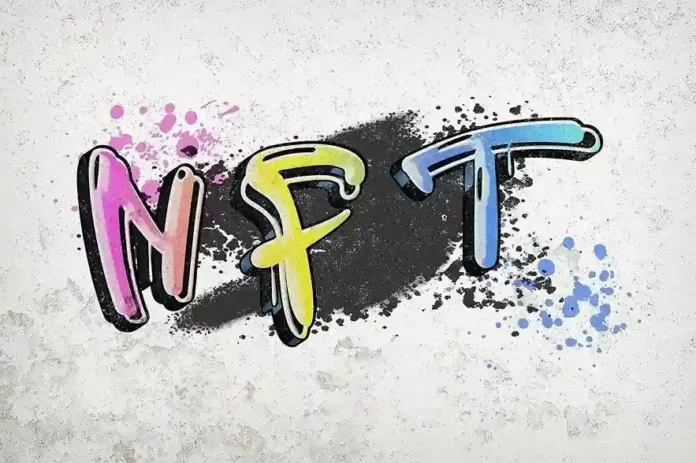While the initial NFT hype may have slowed down, the technology has continued to grow and establish itself in various industries. It’s now beyond art and can be found in areas such as real estate, collectibles, and music.
In this article, we’ll look at the many applications of NFTs beyond art. We’ll see how the technology is transforming industries and generating new opportunities for businesses and creators.
What are NFTs?
Short for non-fungible tokens, these are unique digital assets created on the blockchain to ensure that their ownership can be proven and that they are secure from forgery. They are often found on platforms that support smart contracts.
In contrast to cryptocurrencies like Bitcoin and Ether, which are replaceable and interchangeable, NFTs aren’t divisible and can’t be substituted. They also can’t be swapped on a one-to-one basis. This is because they carry distinct metadata, which helps prove that it’s the original piece, not a forgery.
Real-World Applications of NFTs
While the art market has been the primary beneficiary of the NFT popularity, the technology behind NFTs has potential far beyond this sector. Essentially, NFTs offer a method to represent ownership of unique items digitally.
This feature is revolutionary for industries where authenticity and proof of ownership are very important. Some of the fields already experiencing the significant influence of NFTs include real estate, supply chain management, and digital identity.
Real Estate
In real estate, NFTs help simplify the process of buying and selling physical properties as they digitally represent deeds and ownership. This helps increase security and transparency, in addition to reducing paperwork.
NFTs have also made the concept of acquiring virtual land possible. In virtual worlds and metaverses, individuals can purchase, sell, and develop digital properties using these tokens. The virtual properties can then be used for various purposes, including hosting virtual events or engaging in social interactions.
Gaming
The impact of NFTs in the gaming and virtual world is also quite significant. Developers can now design NFTs that represent in-game items, characters, or virtual properties. Gamers typically trade these digital assets to other players of the game, but NFTs have grown to even support multiple games. This is because some now have blockchain interoperability, so you can move your assets even when you start playing different games.
Music and Intellectual Property
NFTs have helped transform the music industry by changing how artists monetize their work and interact with their fans. For example, musicians can release limited edition NFTs that represent albums, individual songs, or concert tickets. Fans holding the tokens can then enjoy access to exclusive experiences, among several other benefits.
With this technology, artists have direct control over their intellectual property. They are also able to automatically receive royalties through smart contracts.
Collectibles
NFTs have also changed the world of collectibles. The cards that people used to collect now have a new form, and this has been widely embraced in artwork, virtual fashion items, and trading cards.
One of the areas where the idea has greatly picked up is in sports memorabilia. Clubs have partnered with various blockchains and now issue various game-related NFTs. These can be special jerseys or even moments of a game. Once you purchase it from the club, you can sell it on various marketplaces.
Licensing and Royalties
One of the greatest benefits of NFTs is that they are friendly to content creators. Initially, you would have to go through a complex process to ensure that you protect your copyrights and get your deserved loyalties.
However, that’s now easy as NFTs are based on smart contracts. The smart contract knows who the creator is, and you can automatically get royalties every time your asset is sold. This is quite beneficial to photographers and other artists as they are fairly compensated for their work.



































